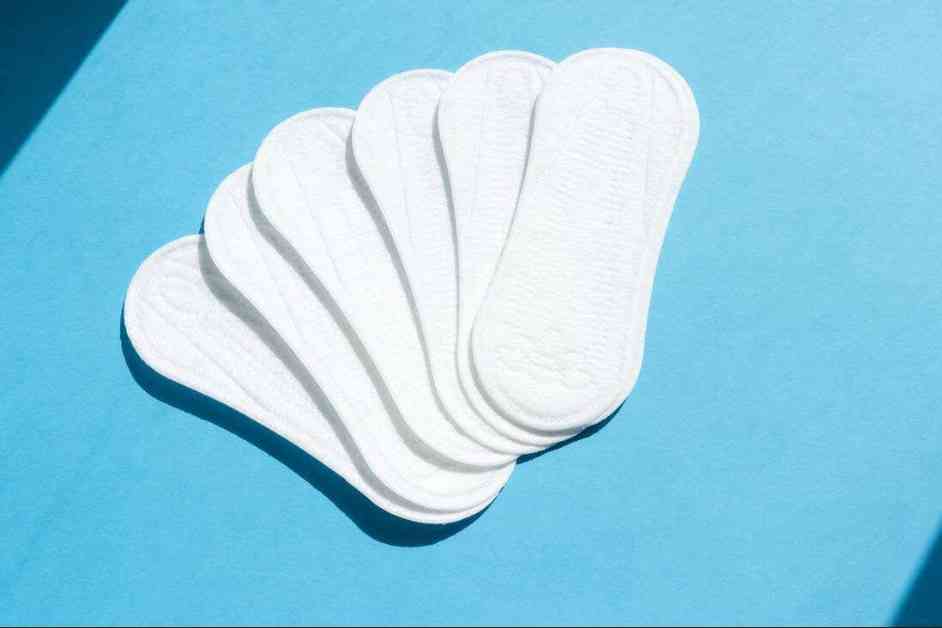Menstrual pads are essential products for many women during their periods, providing comfort and protection. However, leaks can often be a concern with conventional pads and cups, leading to potential embarrassment and discomfort. Researchers at Virginia Tech, led by Bryan Hsu, have been working on a solution to this problem by introducing a new mixture to menstrual pads that solidifies blood instead of absorbing it, reducing the risk of leaks.
The team experimented with various biopolymers, such as alginate, which is a naturally occurring chain-like molecule. By mixing alginate with glycerol, a type of alcohol, and exposing it to blood, they were able to create a gel-like substance that effectively absorbs and solidifies the blood. This new technology has shown promising results in tests, where pads coated with the alginate-glycerol mixture retained more blood compared to standard pads.
The use of alginate in menstrual products is not entirely new, as it is commonly found in wound dressings. The ability of alginate to form intermolecular cross-links using calcium, which is present in blood, allows it to absorb and solidify the blood effectively. This innovative approach could revolutionize the menstrual product industry, providing women with better protection and peace of mind during their periods.
Renske van Lonkhuijzen from Wageningen University & Research in the Netherlands believes that incorporating this new mixture into menstrual products could significantly improve women’s comfort and convenience during their periods. By reducing the risk of leaks, women can manage their periods without disruption to their daily lives, enhancing their overall well-being.
In conclusion, the development of menstrual pads that solidify blood offers a promising solution to the common issue of leaks associated with conventional products. By enhancing absorbency and reducing the risk of spills, these innovative pads could provide women with greater confidence and comfort during their periods. Further research and testing are needed to fully explore the potential of this technology and its impact on menstrual health and hygiene.



